This report covers:
- My first airgun
- Difficulty
- Keep it cheap
- Captivating
- Now to YOU
- Learn from my experience
- I think springers are best
- Why springers?
- Summary
Because of the title you may think I’m going to talk about the first airgun I ever owned, but I’m really not. I will mention it, but for a completely different reason. Today’s report is for YOU.
My first airgun
The first airgun I ever owned was a Benjamin model 107 air pistol. Or at least that is the model number I remember. If that’s right, it had a rifled brass barrel. I now believe it could actually have been a model 100 Benjamin, which was a smoothbore. I say that because I remember loading BBs into the hollow bolt tip, which is the correct way to load BBs in those pistols. If you try to load them into the barrel breech, they will roll right through the barrel and drop out.
The front-pump Benjamin pistol I owned could have been rifled for .177-caliber lead pellets or it could have been smoothbored for BBs and darts. If rifled for .177 pellets, it would have been a model 107. If it was a smoothbore it would have been a model 100.
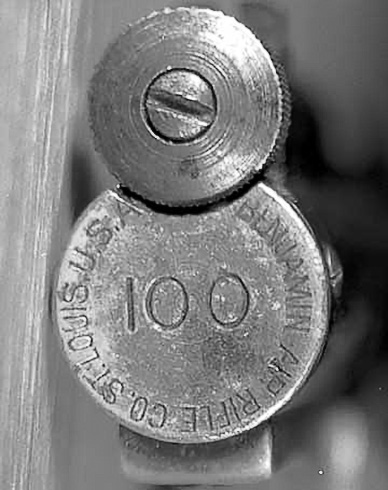
Most Benjamin airguns have their model numbers on the rear tube cover. This isn’t my first Benjamin, but one I owned several years ago.
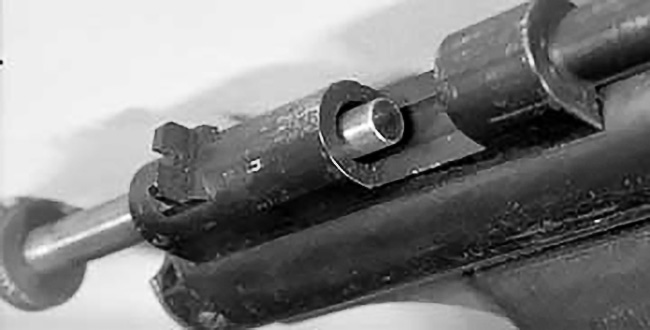
The bolt on the Benjamin BB pistol is hollow, to accept one BB as well as to let the compressed air pass through. Note that the rear sight does not adjust.
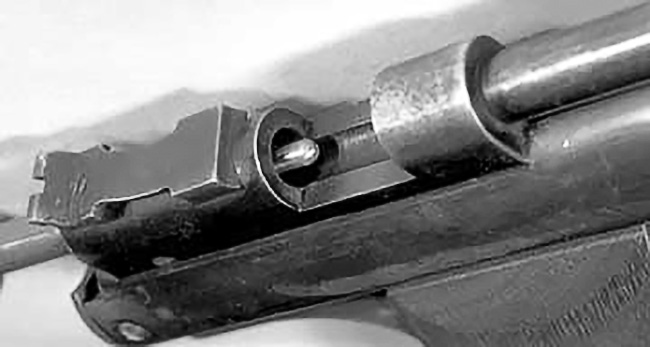
The bolt for a pellet gun is a probe to push the pellet into the rifling. Note that the rifled pistol does have an adjustable rear sight.
Difficulty
That pistol was a front-pumper that I could only pump with difficulty. There were darts in the box along with a tin of Benjamin .177-caliber lead pellets. You could shoot all three types of ammo in those smoothbores — BBs, darts and pellets, but they weren’t as accurate as rifled guns that only shot lead pellets.
That was my first airgun, but it wasn’t the one that turned me into an airgunner. And THAT is the one I’m calling my first airgun. Let me tell you about my encounter with that one. I was living at Ft. Knox, KY in the late 1970s and had already hooked up with Beeman. I got their catalogs regularly, owned a copy of the first volume of the book Airgun Digest, written and edited by Dr. Beeman, and already owned a Diana model 10 target pistol, a Sheridan Blue Streak, a Webley Senior pistol and an FWB 124 that I bought in the Beeman store in Santa Rosa. I’m telling you that I was already a snooty airgunner who thought he knew it all.
Keep it cheap
I was also a family man with two children and didn’t have a lot of extra money to spend — not on an Army captain’s pay! So when I wandered into a pawn shop in the local town of Radcliff, KY, one day and happened to see an old weatherbeaten Diana 27 for sale, I had to think long and hard. They wanted $20 for it and I negotiated like a carpet salesman in a caravan to get the price down to $18 out the door. In other words, no tax (out of my pocket).
That pellet rifle was well-used, with no finish remaining on the wood stock and lots of rusty scale on the metal. The emblem in the stock said it was a Hy Score 807, but I was able to discover that it was really a Diana 27 in .22 caliber. The 27 also came in .177 and I have owned several of both in many different names over the years. For some reason I prefer the .22 — perhaps because it was my first.
Captivating
For some reason I could not explain, I kept cocking and shooting that rifle just to feel the light cocking and smooth shot cycle. It was accurate enough at the 20 to 40 feet I was shooting, but could not compare with the accuracy of a 105mm cannon on an M60A1 tank (I was a tanker and Ft. Knox is the Armor Center — that’s tanks) that can put a round through a 24-inch circle at 1,200 yards when sighted-in, or even my .270 Weatherby Magnum that put five into an inch at 100 yards. Even so, I was intrigued. My FWB 124 was prettier, shot harder and was more accurate, but there was something undefinable about this Diana 27 that captivated me.
When I left the Army in 1981 following a divorce, I sold all of my firearms and airguns to pay bills, but I gave the model 27 to my closest friend. I hope he still has it. It would be 12 long years before I would get my next 27, another Hy Score 807, and that is the one I am picturing for you today. Uncharacteristically, I have kept this airgun since buying it for $110 at my first Winston-Salem airgun show in 1993.

My .22 caliber Diana 27 is actually a Hy Score 807. It’s not the first 27 I owned, but it is my favorite airgun and my recommendation for a first airgun.
Now to YOU
My, my, my, me, me, me, I, I, I. This report is supposed to be about you and yet I have dominated it up to this point. From this point on, it’s all about YOU. What should YOUR first airgun be?
Learn from my experience
I told you about my airgun past so you could learn. A Feinwerkbau 124 is a fine airgun, but unless you inherit one or luck into an unbelievable deal, it shouldn’t be your first. The same holds true for a Benjamin Marauder, an Air Venturi Avenger or even a TX200 Mark III. If you have been reading this blog for a while you know that I love each of these airguns, but they aren’t the ones to cut your teeth on. Get something simple for starters. Reader OhioPlinker said it best, “Keokuk Iowa, just buy a Crosman M4-177. Get good with it, then buy your one nice airgun.”

Crosman’s M4-177 retails for $65.
I don’t know that I agree with the “one nice airgun” advice. I can’t seem to stop acquiring them, but perhaps that’s just me. However, OhioPlinker is right. A Crosman M4-177 costs about the same as a nice meal for two at a sit-down restaurant, so it isn’t a life-altering investment. It’s just the cost of a nice meal plus tip.
I think springers are best
For first airguns I prefer springers. Even though my first was a multi-pump and my Sheridan Blue Streak that I really love is also a multi-pump, the gun that really captivated me was a breakbarrel springer that was rough as a cob.
When I look at the airguns I love the most, all of them are springers. Yes, Yogi, I agree with you. Now, shut your trap!
Why springers?
Spring-piston airguns are simple. And because of that the right ones are like potato chips. As I said about the rough Hy Score 807, “For some reason I could not explain, I kept cocking and shooting that rifle just to feel the light cocking and smooth shot cycle.”
THAT, my friends, is the experience you should be after — something you can’t put down! After that get the airgun(s) you think you want. That first experience will either captivate you or reveal that airgunning is not for you.
Summary
That’s what I want us to talk about this weekend. What should your first airgun be?

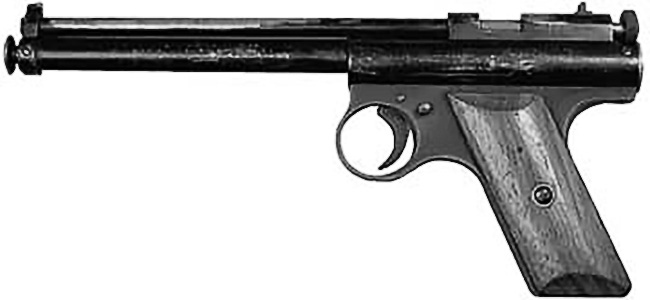


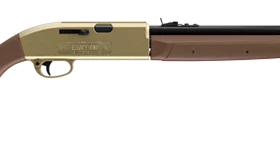


Leave a Reply